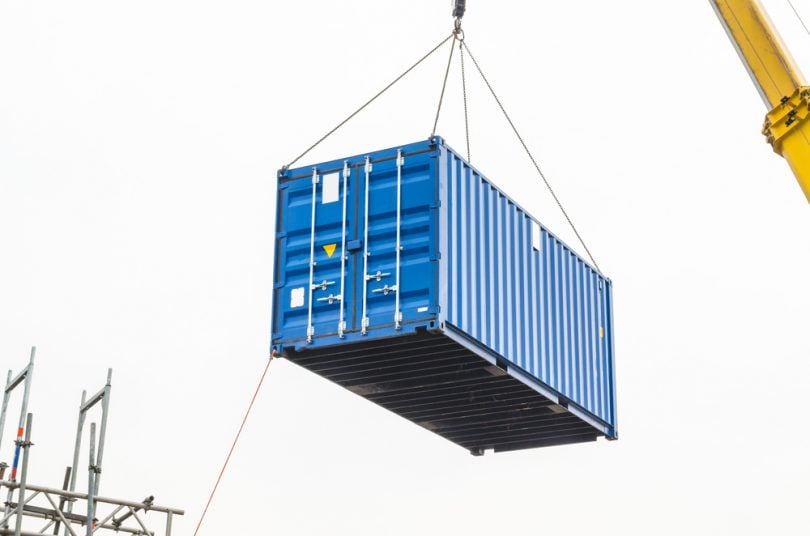If you recently made the decision to move overseas, chances are there are now a lot of logistical considerations and decisions that you never would have imagined. Visas, safely getting your belongings through Customs, and shipping your vehicles — there are so many options for how to approach each task! Let us help you make one decision at least: should you choose roll on roll off, or container shipping for your car? If you don’t know the difference, don’t worry. We’ll start with that.
What is Container Shipping?
To begin this process, you’ll deliver your car to a shipping company warehouse or have someone perform this service for you if the warehouse isn’t nearby. Your vehicle will either be loaded into a single-use 20ft shipping container, reserved just for your cargo, or loaded into a 40ft standard container with other vehicles or cargo headed towards the same destination. Your vehicle is secured in place for transport and stored in the container until departure day. The sealed containers are then loaded onto a ship, a process overseen by the transport company right through until your vehicle has been unloaded and handed over to you or your agent.
What is Ro Ro Shipping?
An abbreviation for roll-on-roll-off, this method looks something like the modern ferry. You deliver your vehicle to the departure port terminal, where it is stored outside until departure day. Typically there is no inspection report or log of condition upon loading, unless you specifically arrange for one – that means your vehicle can only be insured against total loss rather than damages, since no one will document damages incurred prior to transport. Vehicles are loaded onto the vessel by workers and braced into position for transport in the hull of the ship. Upon arrival at the destination port, vehicles are unloaded in a similar fashion and stored outside until you arrive to pick it up.
Comparing Costs
Ro-Ro shipping wins if you’re looking for the lowest-cost option. Since your vehicle shares port fees, customs, ocean freight, and other such costs with other vehicles, the fees are dispersed. The reduction in the shipping company’s labor — all they do is drive your vehicle on and off of the vessel and brace it into place — also reduces the costs associated with this method. You may choose to purchase more robust insurance with ro ro shipping however, which could narrow the price gap.
Comparing Security and Safety
If the security and certainty of your vehicle’s condition are of top priority, the shipping container wins hands down. Your vehicle is well braced into the container, stored indoors, and attended to closely by the shipping company. The container is generally sealed, meaning there is significantly less chance for damage during shipping. Then upon arrival, your vehicle remains protected until you are ready to assume possession – as opposed to sitting at the terminal, outdoors, waiting for your arrival.
Comparing Timeline
Here, the decision depends on what matters most: knowing exactly when your vehicle will arrive, or getting it to your destination sooner. Using a Shipping Container, your vehicle may take longer to arrive if you use the consolidated container option since the company will need to fill the rest of the space, However, you know that your vehicle is safe and protected during this time. With ro ro shipping, you deliver your car shorty prior to its departure, and it is unloaded as soon as the ship arrives. This makes transport time shorter start to finish, but gives you fewer options when it comes to your own travel timeline. If you plan to drop off your vehicle and get on a plane, this option might suit just fine. If you’re planning to wait, and would like your car protected in the meantime? Container shipping may prove a better fit.
Whether you choose to ship a car in a container or send it for a journey in the hull of a vessel, be sure to read the shipping company’s fine print and document the condition of your vehicle prior to departure with time-stamped photos for your own peace of mind.







